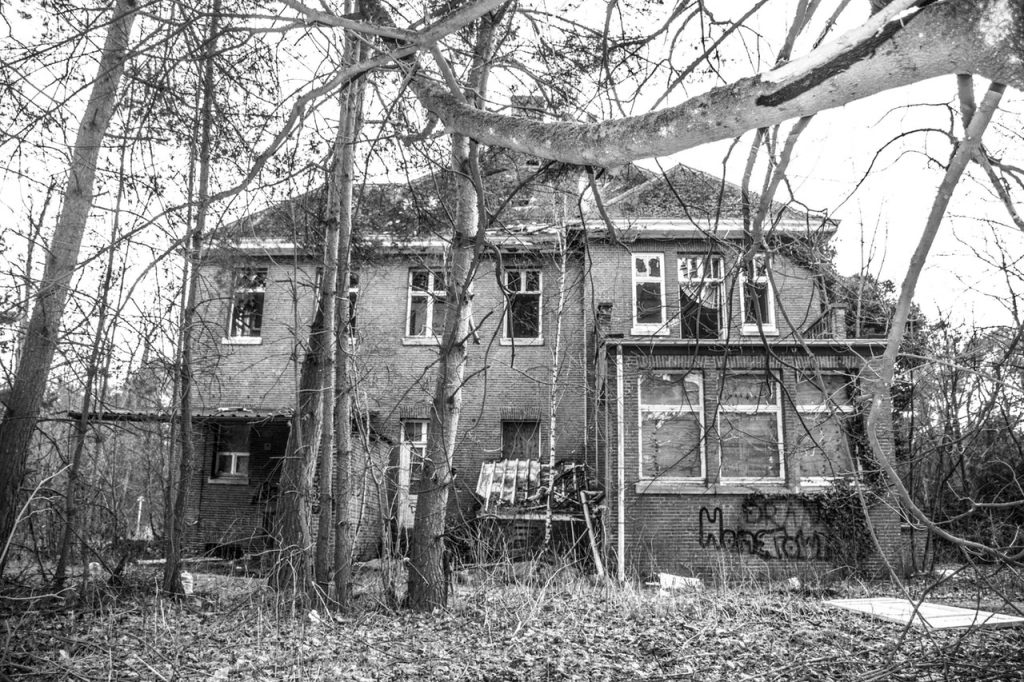
The last place you’d want to see fall apart is your home. However, homes don’t just collapse without giving early signs of deterioration. In the past, people built homes without asking if the structure was exposed to earthquake or flood-prone zones. Today, apart from natural disasters, homes are deteriorating because of structural failure and poor management. Here are some important signs you might notice with a deteriorating home.
Vertical Corner Cracks
When you see vertical corner cracks, it’s a safety risk for homeowners. This sign is a type of foundational cracks that cause damage to the inner walls when you ignore them. However, vertical cracks that are inclined at +/- 30 degrees on the home’s foundation might not collapse the inner walls. This type of crack results from natural expansion. It’s normal, but the disadvantage is that when there’s heavy flood water might seep through the walls. Usually, building experts install expansion joints to ease stress on the natural expansions. Alternatively, they might use a urethane injection method to fill these corner cracks.
Water Stains on Walls
Mould, wall stains, and collapsing ceilings indicate a deteriorating home. Walls become damp when they retain water and moisture; some walls grow molds in this condition. These wall stains are visible on white paints. When you detect moisture penetration, call a plumber immediately to find the cause. It might be a broken conduit or surface water pipe. Naturally, gravitational force makes moisture to move down the walls. There might be a build-up of excess moisture when you ignore this warning sign. The continuous flow of water will cause the spread of stains and moisture. Eventually, it might soften concrete walls; lead to more molds, rot, and wall collapse.
Efflorescence
One of the unpleasant signs of a deteriorating home might be the capillary rise of soluble salts from the ground. When rain and dew condense into underground water, they might come in contact with natural salts. Efflorescence and wall-staining occur when soluble salts penetrate through the outer pores of your home. These pores are often close to the building’s foundation. Usually, moist conditions during low temperatures will trigger the capillary rise of salts through concrete walls. Your building expert might introduce restorative actions by using a pressure wash. Muriatic acid is a special chemical that removes the effect of calcium carbonate on walls.
Moving House
Unlike living things, house movements occur over a period. When you notice a moving house, it’s simply a sign of an impending collapse. A moving house indicates poor foundation structures. This problem becomes worse when gravity takes its toll on the poor foundation over time. At the early stage of a moving house, it might not be easy for homeowners to notice a shift from the building’s original position. However, it’s one of the most dangerous warnings of a deteriorating home. Instead of applying quick fixes, it’s advisable to pull down the structure and reinforce the foundation.
Defective Shelf Angle
Apart from concrete bricks, and mortar, metal beams are used for building constructions. The L-shaped metal piece that builders install behind bricks might impact the weight of your home. A home with these shelf angles will come under tension and weight of the installation. Over a period, the bricks will show signs of chipping (spalling), and weather effect might show on the L-shaped metal. When corrosion begins, shelf angles will lose the strength of their material. This sign might become worse with more spalling the wall’s exterior. Call your mason to restore the affected part when you notice rusty shelf angles and spalled bricks.